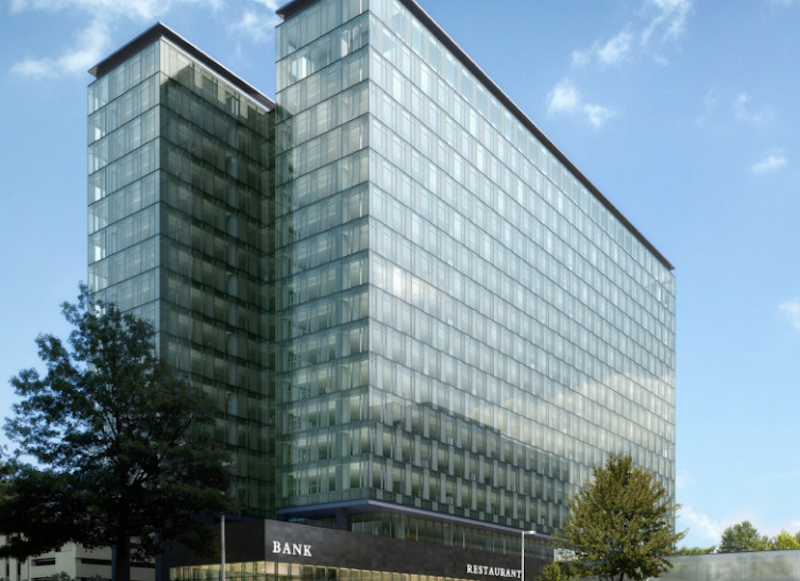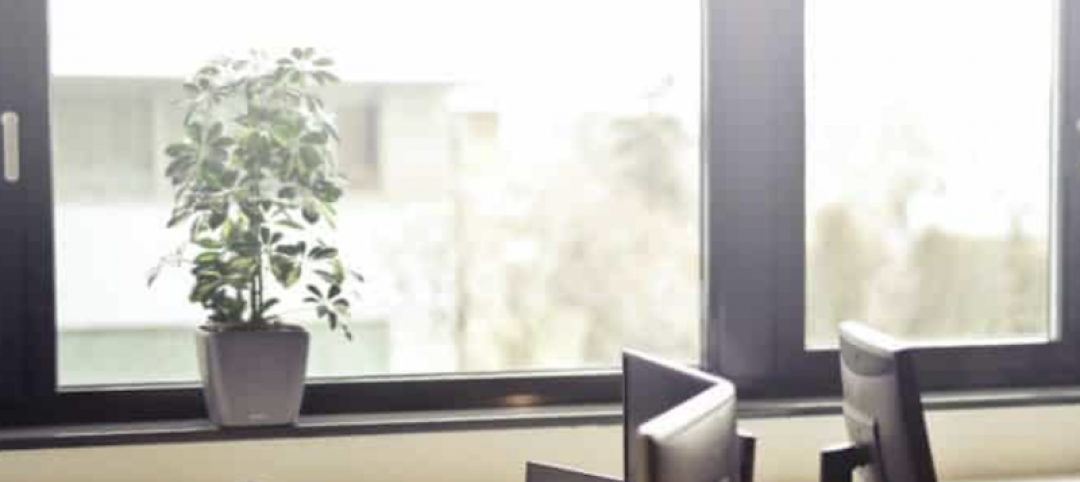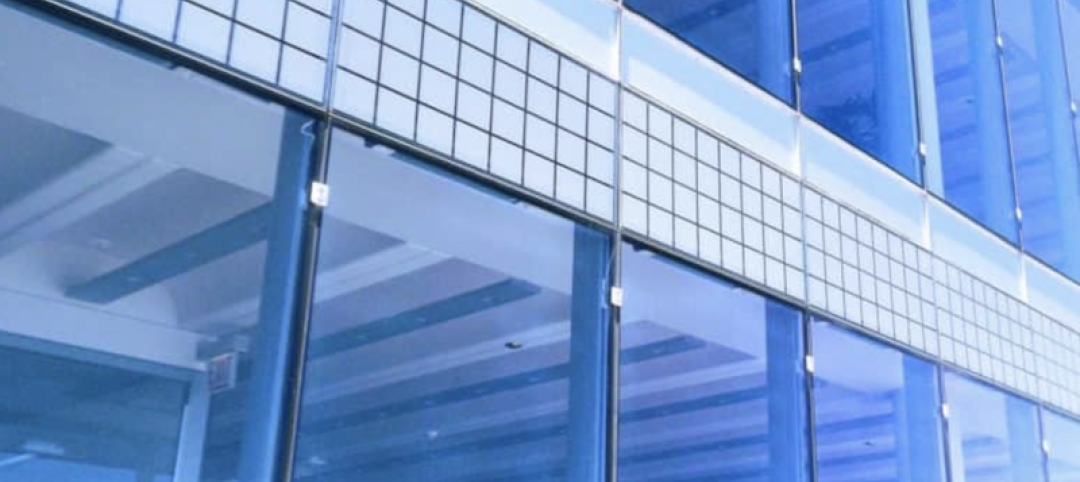As more building owners, managers, and tenants incorporate environmental stewardship and sustainability into their real estate operations, the concept of green leasing has moved into the mainstream.
A green lease is a lease for a commercial or public building that incorporates an agreement between a landlord and a tenant as to how a building is to be occupied, operated, and managed in a sustainable way. A green lease can cover fit-out materials, energy consumption, waste disposal, office equipment energy usage, and more.
According to a 2015 study by IMT, green leases (also called “energy-aligned” or “high-performance”) have the potential to save the U.S. office market $3.3 billion annually and cut energy consumption by up to 22 percent in leased buildings. Unfortunately, typical leasing practices deter landlords and tenants from investing in cost-effective energy and water efficiency solutions.
Green leases offer substantial benefits, both quantitative and qualitative, to tenants and building owners/landlords. They:
- Improve environmental performance of the leased space by securing critical commitments on the part of the landlord and the tenant.
- Align financial incentives so that both parties benefit from adopting green measures.
- Improve environmental data reporting transparency to enable tenants and landlords to measure success against agreed-upon goals. This can be particularly relevant for entities that report under GHG/CDP and GRI.
- Benefit both parties thanks to enhanced reputations. And tenants will experience improved staff retention rates, increased productivity, and a better staff engagement by using green practices.
Green Leasing best practices and lessons learned
Green leasing has become a natural extension of the green building movement, which provides healthy, resource-friendly buildings that are operated efficiently regarding energy and water use and waste disposal. Paladino is working with clients to protect efficiency investments through green leases that help lower utility costs, improve building operations, and achieve organizational sustainability goals.
Implementing best practices prior to engaging a tenant about sustainability will increase the likelihood of success and foster a successful relationship between tenants and landlords.
Here’s what Bonnie Pulise, VP of Tenant Services at Lerner had to say after working with Paladino to develop green leasing language for Lerner’s properties:
"We needed to develop green leasing language that links Lerner’s business objectives to mutually beneficial best practices for tenants. We wanted the green leasing rollout to enhance our customer relationships, and by doing it thoughtfully and with tenant objectives in mind, we were successful.”
Stick to these three best practices for your green lease initiative:

- Tier the criteria appropriately.
Not all tenants have the same needs or can make the same commitments. By categorizing your green lease criteria so that they align with your tenant profiles, you will have greater success in adoption and client relationships. All lease requirements should be achievable for current and potential tenants, and should establish a common vocabulary that everyone understands.
- “B Class” and retail tenants should be asked to comply with the bare minimum requirements, such as waste management, and energy and water efficiency.
- “A Class” tenants should be expected to meet base building targets, particularly for buildings that have been certified by a third-party rating system such as LEED. These requirements might include lighting density reductions, HVAC efficiencies, and plug load management.
- “Trophy” tenants should be required to achieve LEED certification for their commercial interiors.
- Focus on benefits to the tenant, rather than your business goals.

Rather than pushing tenants to modify their practices to benefit your business, find the leasing terms that have the most direct benefit to them. Some tenants are required to pursue LEED certification or achieve local codes, for example, and your lease language could complement those requirements. You could link the green lease rollout to an EBOM certification or recertification. By bringing your firm’s broad-scale expertise in sustainability and local requirements (or bringing in a consultant with such expertise!), you can create actual value with lease language that makes it easier for tenants to demonstrate compliance. The most common green lease language that is useful in these circumstances are policies regarding
- Green cleaning
- Pest management
- Indoor air quality
- Energy benchmarking
- Other operational consistencies
- Plan for quality communication across a variety of stakeholders.

Set yourself up for success by anticipating the needs and concerns of your tenants, and schedule adequate time for education and conversations with a cross-functional team. Ideally, this communication will engage leaders from engineering, operations, property management, and senior council.
The agenda for the conversation should establish a clear rationale for green lease components and achieve consensus between potential tenants and owner objectives. It should be clear what the green document set is, including measurement attributes (ENERGY STAR, code compliance, certification, etc.). You should also come to an agreement regarding how the green lease requirements will be enforced.
Addressing these three best practices will put your portfolio on a smart path toward more sustainable operations portfolio-wide. The benefits will be felt in investor relations, CSR reporting, tenant relationships, and operational efficiency.
And we’ve got great news! Connecting existing buildings and tenants to their sustainability objectives just got easier. The EPA is in the much-awaited pilot phase of ENERGY STAR for tenants. The charter members will see their spaces in the inaugural group of ENERGY STAR Tenant Spaces. While energy and water savings are key components of an ENERGY STAR Tenant Space, green leases are the recognized vehicle for integrating energy-aligned, high-performance requirements into building operations.
More from Author
Paladino | Jan 10, 2022
The future of regenerative building is performance-based
Why measuring performance results is so critical, but also easier said than done.
Paladino | May 26, 2021
Injecting embodied carbon capability into the integrated design and construction process
Embodied carbon is defined as the carbon footprint of a material, and is expressed in metric tons of CO2e.
Paladino | May 12, 2021
Climate modeling for a resilient business and future
This post explores changes that developers and their teams need to make to their risk and resilience strategies by climate modeling for climate change.
Paladino | Apr 26, 2021
Building performance requirements are coming: Are you ready?
Building Performance Requirements are trending nationwide and are likely coming to a county near you.
Paladino | Feb 8, 2021
Six lessons learned from our first Fitwel Viral Response Module certification
The Fitwel Viral Response Module is one of several frameworks that real estate owners and operators can use to obtain third-party certification for their efforts ensuring their properties are ready for a safer and healthier return to work.
Paladino | Jan 14, 2021
Shift your energy to carbon
Now is the right and necessary time for the commercial real estate industry to shift its environmental strategy from just energy, a carbon contributor, to carbon itself.
Paladino | Nov 13, 2020
5 tips when designing for daylight
Daylight modeling is a tool to examine how daylight interacts with a building, and how that natural light behaves within interior spaces.
Paladino | Jul 16, 2020
COVID readiness: IWBI and USGBC seek to help businesses quantify risk
In an effort to address the risks of COVID-19 at the building scale, USGBC and IWBI have analyzed existing certification guidelines and drafted new, relevant content.
Paladino | Jun 5, 2020
3 strategies to improve the wellness of building systems and gain tenant trust
Three operational issues that must be prioritized for every building in order to achieve tenant trust are air quality/ventilation, relative humidity, and building commissioning.
















